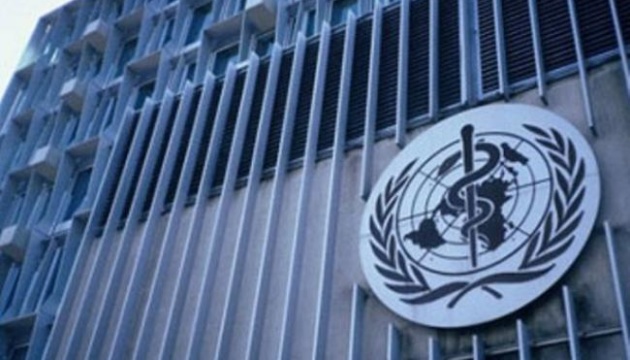МОЗ №185
Для профілактики нової коронавірусної інфекції варто дотримуватись стандартних рекомендацій щодо зменшення впливу та передачі ГРВІ:
- часто мийте руки або обробляйте їх дезінфікуючими засобами;
- під час кашлю та чхання прикривайте рот і ніс паперовою хустинкою. Використану хустку варто негайно викинути та помити руки;
- уникайте тісного контакту з усіма, хто має гарячку та кашель;
- якщо маєте підвищену температуру тіла, кашель або утруднене дихання, якнайшвидше зверніться до лікаря та повідомте йому попередньою історією подорожей;
- відвідуючи живі ринки в районах, в яких зараз фіксуються випадки нового коронавірусу, уникайте контакту з живими тваринами та поверхнями, які контактують з тваринами;
- не споживайте сирих чи недостатньо термічно оброблених продуктів тваринного походження. З сирим м'ясом, молоком тощо слід поводитися обережно.
Міністерство охорони здоров'я України та координаційний штаб щоденно надають актуальну інформацію про випадки захворювання, спричинених новим коронавірусом.
Enhanced surveillance and special studies in human
and animal populations at higher risk of SARS-CoV
infections
Depending on risk assessment and available resources, areas at risk of the re-emergence of
SARS-like coronaviruses from wildlife and other animal reservoirs and areas at higher risk of
SARS-CoV emergence or introduction from other sources may undertake one or more of the
following activities:
• Fever surveillance of occupational risk groups e.g. laboratory workers in the interepidemic period; health care workers during an outbreak of SARS.
• Surveillance for pneumonia in settings such as nursing homes, rehabilitation units,
community health care centres and in private practice.
• Surveillance of persons discharged from hospital with a diagnosis of unspecified atypical
pneumonia during and following an outbreak of SARS.
• Surveillance for absenteeism among health care workers caring for patients with SARS
and laboratory staff working with SARS-CoV and products of experimental work on
SARS-CoV or potentially infected clinical materials.
• Laboratory-based surveillance of SARS-CoV infection.
• Surveillance for requests for laboratory testing for SARS-CoV.
• Surveillance for unexplained deaths following an acute respiratory illness.
• Serological and clinical surveillance of high risk populations (health care workers,
laboratory staff working with SARS-CoV or in laboratories storing clinical samples
infected with SARS-CoV, etc.).
• Serological surveys to detect new infections (seroincidence studies) and the prevalence of
serological markers for SARS-CoV-like virus infections (seroprevalence) surveys of
wildlife handlers, market vendors and/or hunters. Care must be taken in such studies to
exclude serological cross-reactions with other animal and human coronaviruses.
• Community-based serological surveys to monitor changes in the seroprevalence of
SARS-CoV infection.
• Seroincidence and seroprevalence surveys among wildlife populations thought to be the
reservoir(s) of SARS-CoV transmission.
This list is not meant to be exhaustive but rather a suggested approach to enhanced
surveillance


Коментарі
Дописати коментар